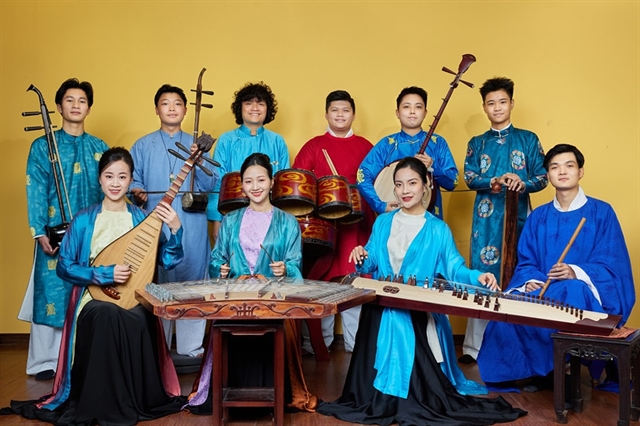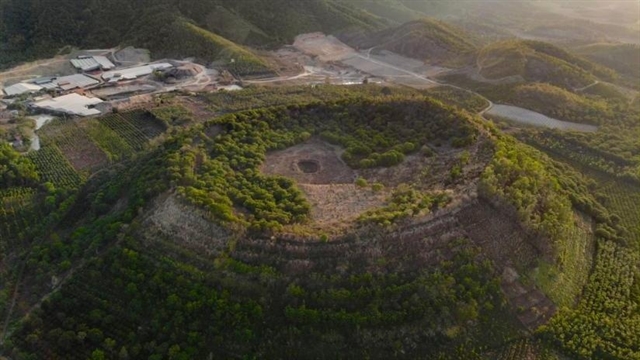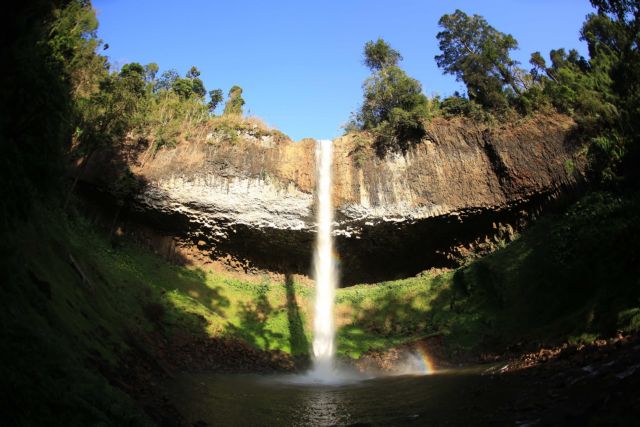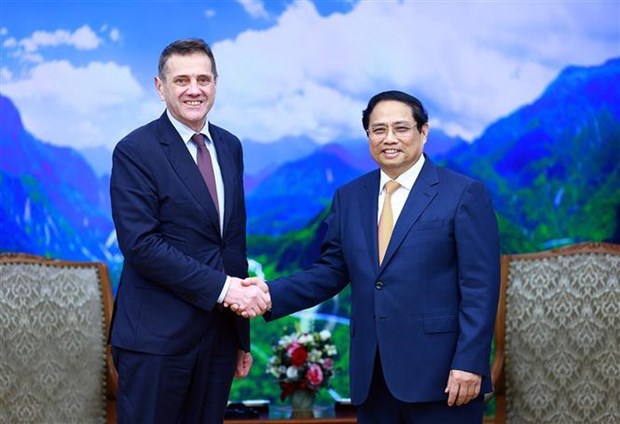 Life & Style
Life & Style


|
| Part of the Đắk Nông Geopark has been recognised as a Global Geopark by UNESCO. — Photo nhandan.org.vn |
ĐẮK NÔNG — The UNESCO Programme and External Relations Commission of the 209th Executive Board has recognised the Đắk Nông Geopark in the Central Highlands province of Đắk Nông as a Global Geopark.
Covering more than 4,700sq.m or two-fifths of Đắk Nông Province’s land area, the geopark is the third UNESCO-recognised Global Geopark in Việt Nam after Đồng Văn Karst Plateau Geopark in Hà Giang Province and Non Nước Cao Bằng Geopark in Cao Bằng province, both in northern Việt Nam.
It stretches over six of eight districts of the province, namely the districts of Krông Nô, Cư Jút, Đắk Mil, Đắk Song, Đắk G’Long, and Gia Nghĩa Town.
Located on the M’Nông plateau at average elevation of 600-700m, the Geopark - the Land of Sounds - includes some 65 heritage sites including craters, a system of 50 caves created by volcanoes running a total length of 10,000m and waterfalls.
In many caves, archaeologists have discovered interesting features of natural geology and traces of early humans.

|
| Đắk Nông Geopark stretches over six of eight districts of the province, namely the districts of Krông Nô, Cư Jút, Đắk Mil, Đắk Song, Đắk G’Long, and Gia Nghĩa Town. — Photo vietnamtourism.gov.vn |
The Geopark can be reached by several routes by land and air, including two international border gates with Cambodia.
Characterised by sub-equatorial tropical monsoon and plateau climate, the area features an evenly distributed network of rivers, streams, lakes and reservoirs.
A population of 416,000 people of 40 ethnic groups, including three autochthonous, live in the area, working mostly in agro-forestry, trade and services, and small industries.
Many archaeological, historical and cultural relics as well as scenic spots are recognised and conserved.
Festivals and traditions celebrated by ethnic cultures, in particular the UNESCO “Gong Culture Space” intangible heritage (including man’s oldest lithophone) also contribute to the values of the geopark.
Đắk Nông Geopark is also distinctive in terms of geological features and geoheritage value.
Tourists can visit the cave system running inside a basal rock mountain, which starts from Krông Nô District and is the longest volcano cave system in Southeast Asia.
There are also attractions like the primitive natural landscapes of volcano Băng Mo (in Cư Jút District) and volcano Nâm Gleh R’luh (Đắk Mil District), ethnic minority cultures of Ê-đê and M’Nông groups, Tà Đùng National Park, and Tà Đùng Lake.
Following the UNESCO recognition, relevant agencies, including the Việt Nam National Commission for UNESCO, the Ministry of Natural Resources and Environment and provincial authorities, along with domestic and international scientists will jointly implement plans on environmental protection, natural conservation, and rational use of resources in the park.
They aim to preserve and maximise values of geology, biodiversity, culture, history, as well as ethnic traditions of the geopark. — VNS









